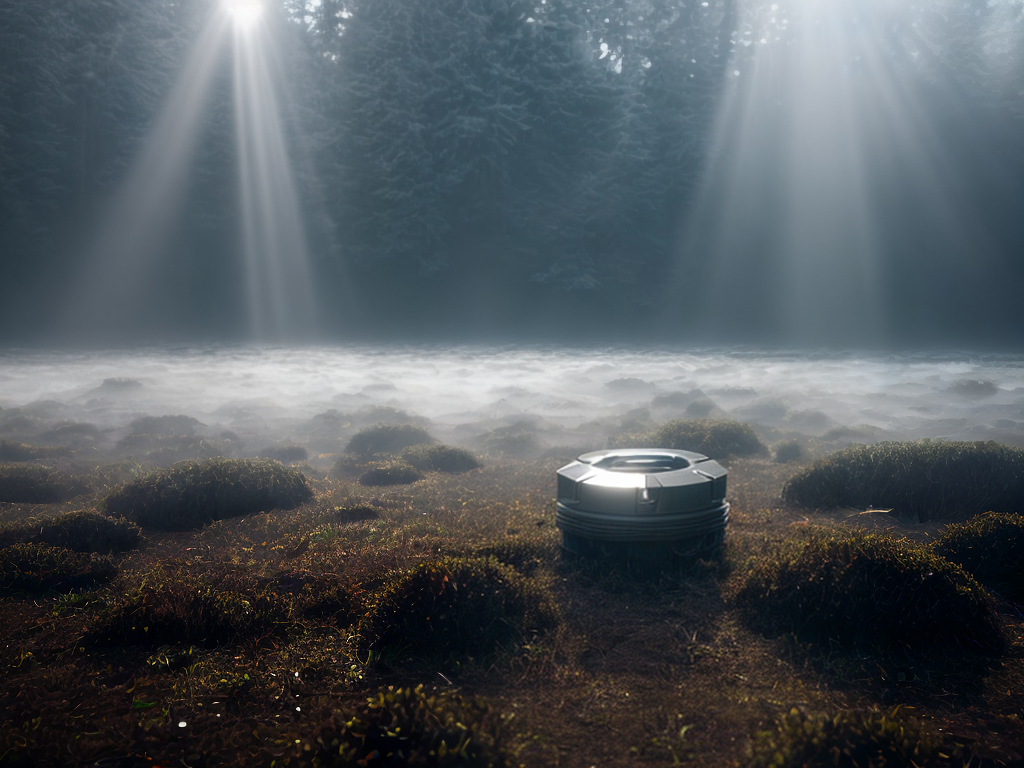
When it comes to valve selection, there are several key factors that should be taken into consideration. Understanding your application requirements is crucial in order to ensure the valve will meet your specific needs. Evaluating different valve material options is also important, as the material used can greatly impact the valve’s performance and durability. Additionally, considering the valve size and flow capacity will help determine if the valve is suitable for the intended application. But these are just a few aspects to consider. In this discussion, I will delve into the expert’s advice on what matters most when it comes to valve selection, providing you with valuable insights that will help guide your decision-making process.
Understanding Your Application Requirements
Understanding your application requirements is crucial when it comes to selecting the right valve. As an expert in the field, I can assure you that considering your application constraints and performance expectations is essential for a successful valve selection process.
Firstly, application constraints refer to the specific limitations or requirements of your application. These may include factors such as temperature, pressure, and the type of fluid or gas being handled. By understanding these constraints, you can narrow down your options and choose a valve that can handle the demands of your application effectively.
Secondly, performance expectations are the desired outcomes or goals you have for your valve. This could include factors like flow rate, leak tightness, and reliability. Clearly defining your performance expectations will help you identify the valve characteristics and specifications necessary to achieve them.
When selecting a valve, it is important to consider both the application constraints and performance expectations simultaneously. This will ensure that you choose a valve that not only meets the technical requirements of your application but also delivers the desired performance outcomes.
Evaluating Valve Material Options
When evaluating valve material options, it is important to consider the strengths and weaknesses of each material. Different materials have varying degrees of corrosion resistance, so it is crucial to select a material that can withstand the specific conditions of your application. Additionally, durability and longevity should be taken into account to ensure that the chosen material can withstand the demands of the system over time.
Material Strengths and Weaknesses
In evaluating valve material options, it is essential to consider the strengths and weaknesses of different materials. Each material has its own advantages and disadvantages that should be taken into account when making a selection. Here is a comparison table of three commonly used valve materials:
| Material | Advantages | Disadvantages |
|---|---|---|
| Stainless Steel | Resistant to corrosion and high temperatures | Higher cost compared to other materials |
| Bronze | Good resistance to corrosion | Limited strength and lower temperature capabilities |
| PVC | Low cost and lightweight | Limited temperature and pressure capabilities |
Stainless steel offers excellent corrosion resistance and can withstand high temperatures, but it comes at a higher cost. Bronze provides good corrosion resistance but has limited strength and lower temperature capabilities. PVC is a cost-effective option that is lightweight, but it is not suitable for high temperatures and pressures. Evaluating these strengths and weaknesses will help you make an informed decision based on your specific valve requirements.
Corrosion Resistance Factors
To further explore valve material options, one must now delve into the crucial aspect of corrosion resistance factors. When it comes to selecting the right valve material, corrosion prevention methods and material selection considerations play a vital role. Corrosion, which is the gradual deterioration of materials caused by chemical reactions, can significantly impact the performance and lifespan of valves. Therefore, it is essential to choose materials that can withstand the corrosive environment they will be exposed to. Factors such as the type of fluid, temperature, and pressure conditions need to be considered when evaluating corrosion resistance. Materials like stainless steel, nickel alloys, and corrosion-resistant coatings are commonly used to combat corrosion. By carefully considering these factors and selecting the appropriate materials, one can ensure the longevity and reliability of valves in their applications.
Durability and Longevity
The durability and longevity of valve materials are crucial factors to consider when evaluating valve material options. Reliability and performance are key considerations in selecting valve materials that can withstand the demands of various applications. Investing in high-quality, durable materials ensures that valves can operate efficiently and reliably over an extended period of time, reducing the risk of breakdowns and costly repairs. Additionally, choosing materials with excellent longevity can enhance the overall cost effectiveness of the valves by minimizing the need for frequent replacements. By selecting valve materials that offer a good return on investment (ROI) in terms of long-term performance and durability, businesses can optimize their operations and minimize downtime, ultimately contributing to improved productivity and profitability.
Considering Valve Size and Flow Capacity
When it comes to valve selection, one of the key factors to consider is size and flow capacity. Proper sizing is crucial for achieving optimal performance and efficiency. Additionally, it is important to balance the flow requirements of the system to ensure smooth operation and prevent any potential issues.
Sizing for Optimal Performance
Sizing for optimal performance in valve selection involves considering both the valve size and flow capacity to ensure efficient and effective operation. When it comes to valve sizing considerations, there are several key factors to keep in mind:
- The desired flow rate: It is important to determine the required flow rate for the specific application, as this will help determine the appropriate valve size.
- Pressure drop: The pressure drop across the valve should be minimized to avoid any negative impact on system performance.
- Velocity: The velocity of the fluid passing through the valve should be within an acceptable range to prevent erosion or damage.
- Turndown ratio: The turndown ratio, which is the range between the maximum and minimum flow rates the valve can handle, should be considered to ensure flexibility and efficiency.
- Cv factor: The Cv factor is a measure of the valve’s flow capacity and should be matched to the system requirements for optimal performance.
Balancing Flow Requirements
To ensure efficient and effective operation, an important aspect to consider in valve selection after sizing for optimal performance is balancing flow requirements, specifically the correlation between valve size and flow capacity. Balancing pressure requirements is crucial in achieving smooth and controlled flow in a system. It is essential to match the valve size to the flow capacity to avoid unnecessary pressure drops or flow restrictions. Oversized valves can lead to inefficient operation, while undersized valves can cause excessive pressure drops and reduced flow rates. Flow control techniques, such as throttling and modulating valves, can be employed to regulate the flow and maintain the desired pressure conditions. By carefully considering the relationship between valve size and flow capacity, optimal flow control can be achieved, ensuring maximum efficiency and performance.
Assessing Valve Type for Optimal Performance
The choice of valve type plays a crucial role in maximizing performance. When it comes to valve type selection, there are several factors to consider for optimal performance assessment:
-
Flow characteristics: Different valve types have distinct flow characteristics. It is important to assess the flow requirements of the system and choose a valve type that can effectively handle the desired flow rate and pressure.
-
Material compatibility: The valve material must be compatible with the fluid or gas being transported. Corrosion, erosion, and chemical reactions can negatively impact the valve’s performance and lifespan. Consider the material properties and select a valve type that can withstand the specific operating conditions.
-
Control requirements: Depending on the application, the valve may need to provide precise control over the flow rate or pressure. Evaluate the control requirements of the system and choose a valve type that can meet these needs, such as a globe valve or a control valve with modulating capabilities.
-
Maintenance and reliability: Assess the maintenance requirements and reliability of different valve types. Consider factors such as ease of maintenance, availability of spare parts, and historical performance data. Select a valve type that offers a balance between reliability and ease of maintenance.
-
Cost considerations: Evaluate the cost of different valve types, including initial purchase cost, installation cost, and long-term maintenance costs. Consider the overall lifecycle cost and select a valve type that provides the best value for money.
Examining Valve Compatibility and Installation Requirements
Valve compatibility and installation requirements are crucial factors to consider when selecting the appropriate valve for a system. In order to ensure smooth operation and optimal performance, it is essential to choose a valve that is compatible with the system requirements and properly install it. Here are some valve selection tips and valve installation guidelines to help you make the right choices.
First and foremost, it is important to determine the specific requirements of your system. This includes factors such as the type of fluid or gas being controlled, the pressure and temperature conditions, and the flow rate. Once you have a clear understanding of these requirements, you can begin evaluating valve options.
One helpful tool in this process is a compatibility chart, which outlines the suitability of different valve materials for specific applications. This chart can assist you in selecting the right valve material to ensure it is compatible with the fluid or gas being controlled, preventing any corrosion or damage.
Additionally, it is crucial to consider the installation requirements of the valve. This includes factors such as the available space, the type of connection required, and any specific mounting or orientation instructions. By carefully following the manufacturer’s installation guidelines, you can ensure that the valve is installed correctly and functions optimally.
To further illustrate the importance of valve compatibility and installation requirements, consider the following table:
| Valve Type | Material | Fluid Compatibility | Temperature Range |
|---|---|---|---|
| Ball Valve | Brass | Water, Oil, Gas | -20°C to 180°C |
| Gate Valve | Cast Iron | Water, Steam | -30°C to 200°C |
| Butterfly Valve | Stainless Steel | Chemicals, Acids | -40°C to 250°C |
| Globe Valve | Carbon Steel | Steam, Oil | -20°C to 300°C |
Factoring in Maintenance and Lifecycle Costs
Considering the maintenance and lifecycle costs is a crucial aspect when selecting the appropriate valve for a system. As an expert in valve selection, I understand the importance of factoring in these costs to ensure optimal performance and cost-efficiency. Here are five key factors to consider when evaluating maintenance and lifecycle costs:
-
Material Durability: Choosing valves made from durable materials can significantly reduce maintenance costs. Materials like stainless steel or corrosion-resistant alloys can withstand harsh environments and require fewer repairs or replacements over time.
-
Sealing Mechanisms: Valves with reliable sealing mechanisms are essential to minimize leakage and prevent additional maintenance. Seals made from high-quality materials, such as PTFE or elastomers, can withstand wear and tear, reducing the need for frequent replacements.
-
Ease of Maintenance: Valves that are designed for easy maintenance can save time and labor costs. Look for valves with accessible components and clear instructions for maintenance procedures. This ensures that routine maintenance tasks can be performed efficiently, reducing downtime.
-
Lifecycle Analysis: Conducting a thorough lifecycle analysis allows for a comprehensive evaluation of maintenance and replacement costs over the expected lifespan of the valve. This analysis helps identify the most cost-effective options by considering factors such as initial cost, expected maintenance frequency, and anticipated replacement intervals.
-
Supplier Support: Choosing a reputable valve supplier that provides reliable support and after-sales service can significantly impact maintenance costs. Suppliers who offer technical assistance, spare parts availability, and warranty coverage can help minimize downtime and reduce overall maintenance expenses.


